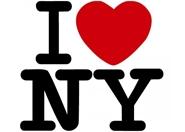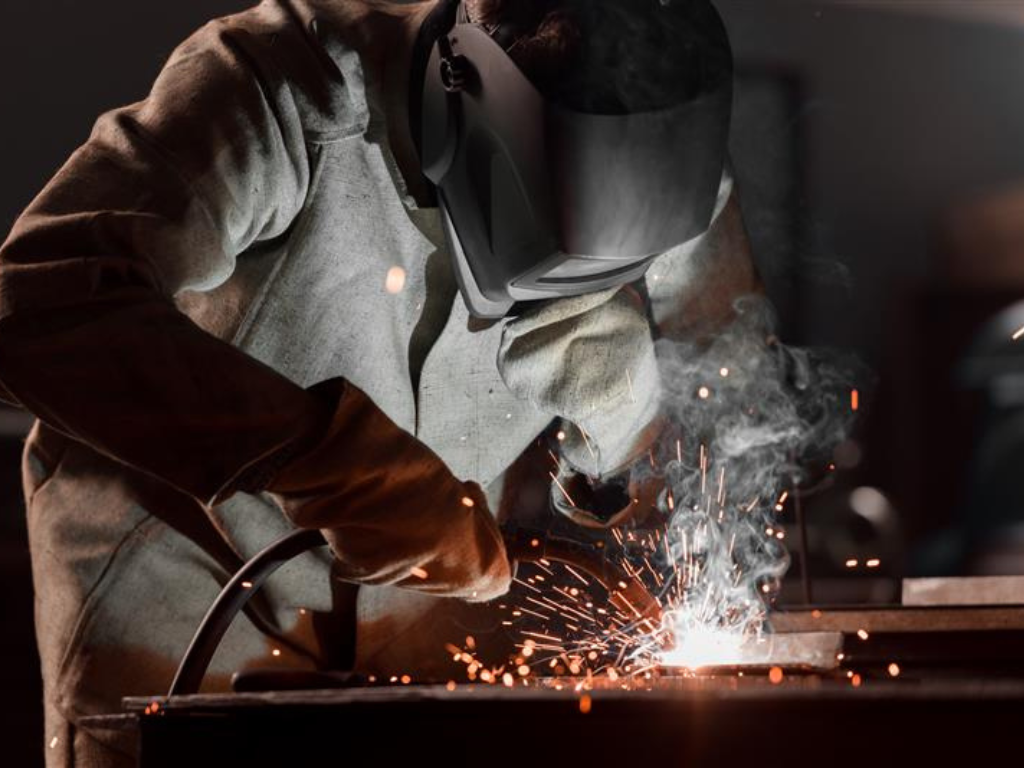Economy

Notes from NYC: Foreign Steel, Transportation, Demand & More
Written by John Packard
June 19, 2014
We have two markets developing for flat rolled steel imports: hot rolled imports are expected to actually begin to shrink from here as the offers out of Russia and Turkey for hot rolled pricing are approximately $600 per ton or higher. Since most foreign steel buyers tend to be buyers of large tonnage and thus qualify for domestic offers at the lower end of the domestic price range for hot rolled coil which SMU has pegged as $640 per ton, the spread is less than $60 per ton and not attractive for most buyers unless they are located much closer to a port vs. a domestic steel mill.
The second market is cold rolled and coated where offers continue at levels where the spread exceeds $100 per ton, and, in some cases, much higher. Many buyers continue to be interested in foreign cold rolled and coated steels.
![]() An interesting observation from a manufacturing company as he addressed one of the many mini-conferences held around town was: When was the last time hot rolled got to $700 per ton? Answer: March 2012.
An interesting observation from a manufacturing company as he addressed one of the many mini-conferences held around town was: When was the last time hot rolled got to $700 per ton? Answer: March 2012.
At the conference there was discussions about Russian hot rolled and if the steel mills would be successful in doing away with the suspension agreement. If so, we could see HRC imports out of Russia drop down to nothing. During the month of April the U.S. received 22,000 net tons of hot rolled coil and 46,500 net tons of coiled plate from Russian steel mills. We have a separate article on the potential challenge to Russian HRC imports elsewhere in this newsletter.
There have been rumors of potential dumping suits on foreign cold rolled and coated into the U.S. However, I found it interesting that during a presentation by one trading company (away from the SSS conference) he made the comment that the domestic steel mills are “not bothered by foreign imports of cold rolled and galvanized.” He told the group SMU was attending, “US Steel is bothered by Galvalume imports from China, Taiwan and Korea but they were not able to get support from other domestic mills.” He went on to say that there doesn’t appear to be any evidence of injury which would make filing a suit much more complicated.
Another trader during a one-on-one conversation told me that the mills could go after foreign producers for “surging” – all of a sudden increasing their tonnage by dramatic amounts into the U.S.
Many believe South Korea will be hit with some form of dumping duties on oil country tubular goods. However, the duty may not be high enough to act as a deterrent and restrict future shipments of OCTG from the country.
Chinese cold rolled was discussed just about everywhere you went. Prices for cold rolled coils delivered to U.S. ports were referenced from as low as $31.95/cwt to $32.95/cwt CIF, Duty Paid USA Port. These prices are at, or lower than some U.S. buyers have been paying for hot rolled over the past couple of months.
![]() SMU will have an excellent program about foreign imports at our Steel Summit Conference. We have two attorneys who are on different sides of the issue and key players during the filing, prosecuting and defending of dumping suits. Representing the steel mills is Roger Schagrin, President of Schagrin Associates legal firm. Representing the consumer is Lewis Leibowitz, Partner at the Hogan Lovells US LLP law firm. Moderating and providing a historical perspective will be Paul Lowrey, Managing Director Steel Research Associates, a consulting firm.
SMU will have an excellent program about foreign imports at our Steel Summit Conference. We have two attorneys who are on different sides of the issue and key players during the filing, prosecuting and defending of dumping suits. Representing the steel mills is Roger Schagrin, President of Schagrin Associates legal firm. Representing the consumer is Lewis Leibowitz, Partner at the Hogan Lovells US LLP law firm. Moderating and providing a historical perspective will be Paul Lowrey, Managing Director Steel Research Associates, a consulting firm.
The plate business was referenced as being “really busy” with commodity plate lead times out into August/September. Foreign plate is also being offered with an August/September arrival date. We heard from a buyer not at the conference this morning that Nucor had taken plate prices up by $30 per ton for October production. Another media outlet advised their readers that SSAB had taken plate prices up by $30 per ton as well.
I found the following comment from a service center interesting, “Transportation is making our country bigger.” Bigger because freight rates have risen to the point where it is not economically feasible to do some of the deals that were done in the past as product was moved around the country. A second issue is timing, with the limited number of trucks and drivers to move them, coupled with a limited number of gondolas which are used to move coils by rail, means the further away the longer it will take.
Transportation and the issues which are “…making our country bigger” are one of the key topics we will address during our Steel Summit Conference in Atlanta on September 3 & 4, 2014.
Many of the companies with whom SMU spoke over the past few days in New York City were quite optimistic about demand and the second half 2014. “Energy is the key” is what one of the service centers told one of the dinner groups on Monday evening.
We even heard from a manufacturing company who is involved in commercial construction projects very early in the build process that they have begun to build a backlog of orders. The backlog started about March of this year and has been building every since. The lead time is generally three months from order to delivery. They said the strongest markets were in the West and Southwest (including Texas) with the weaker region being the southeast. The good news being there are orders flowing and demand is growing.
From the Steel Success Strategies itself we heard that World Steel Dynamics expects support levels for spot iron ore out of China to run $85 to $100 per dry metric ton (62% Fe). WSD also forecast that weakness in the iron ore and met coal raw materials will affect U.S. scrap prices over the next few months.
The talk about Severstal was centered on whether the company would actually sell the assets. In a note to their clients Cowen & Company analyst Anthony Rizzuto, Jr. advised on the subject, “The company has seen some interest in their North American assets, but has not yet made a decision on next steps. The potential asset sale is likely due to the company’s disappointment with the results from these assets. Trade sources suggest that Severstal lost some volume with a key auto OEM contract and therefore has realized lower ROI. Industry participants generally feel that further consolidation and strategic alliances are likely.”
A final note, John Ferriola, Chairman and CEO of Nucor, made a comment during his remarks at Steel Success Strategies that Nucor would probably build a second DRI unit in Louisiana. Once approved it will take 18-24 months to complete and cost $100 to $150 million less than the first unit which began running late last year. Mr. Ferriola will be a keynote speaker at our September 3 & 4 Steel Summit Conference.

John Packard
Read more from John PackardLatest in Economy

ISM September survey captures deepening manufacturing gloom
The Institute for Supply Management’s (ISM) latest monthly report on manufacturing reflects a bleak view of American industry in September.

Key industries concerned over government shutdown’s impact on steel, manufacturing
Trade groups cautioned that a prolonged shutdown could strain US industry.

Chicago Business Barometer catches cold winds of contraction in September
The Chicago Business Barometer's September reading indicates a softening in overall business activity in the Midwest for the third consecutive month, with new orders and backlogs retreating further.

Metalforming market sentiment takes a dive in September: PMA
Metalforming manufacturers anticipate a decrease in near-term conditions, according to the Precision Metalforming Association's (PMA) Business Conditions Report for September.

AIA: Architecture firms still under pressure
Architecture firms reported a modest improvement in billings through August, yet business conditions remained soft, according to the latest Architecture Billings Index (ABI) release from the American Institute of Architects (AIA) and Deltek.
